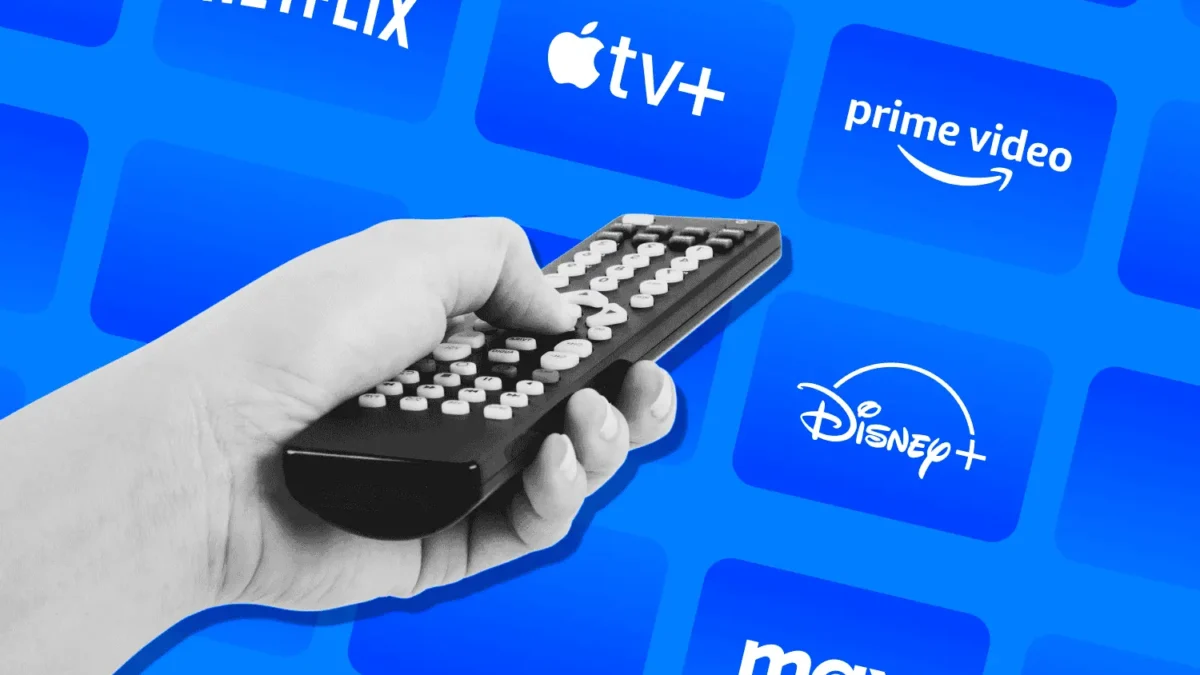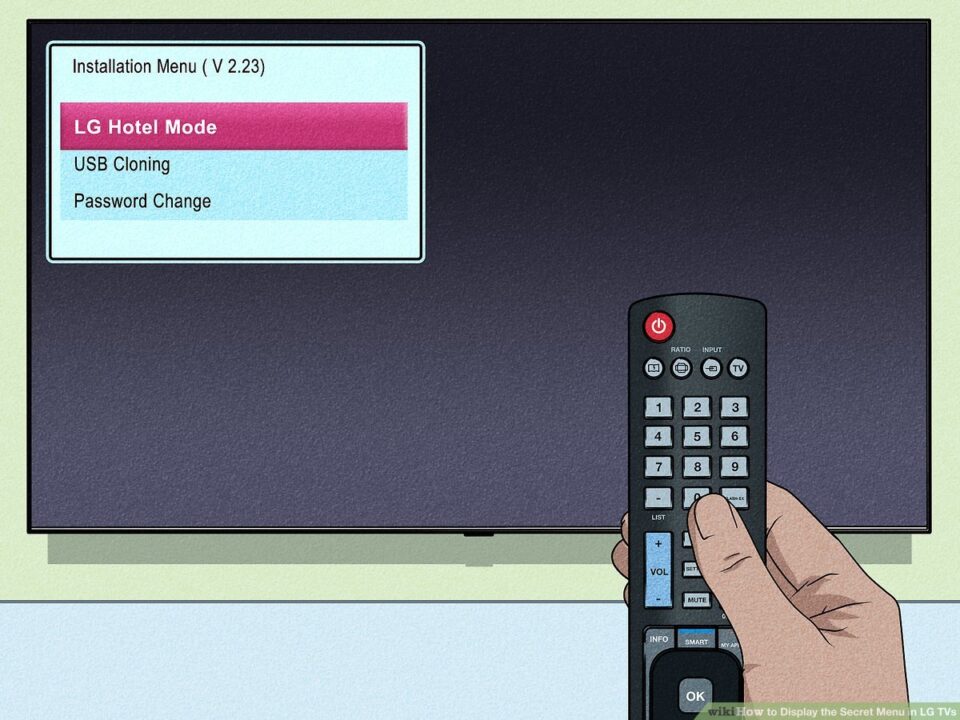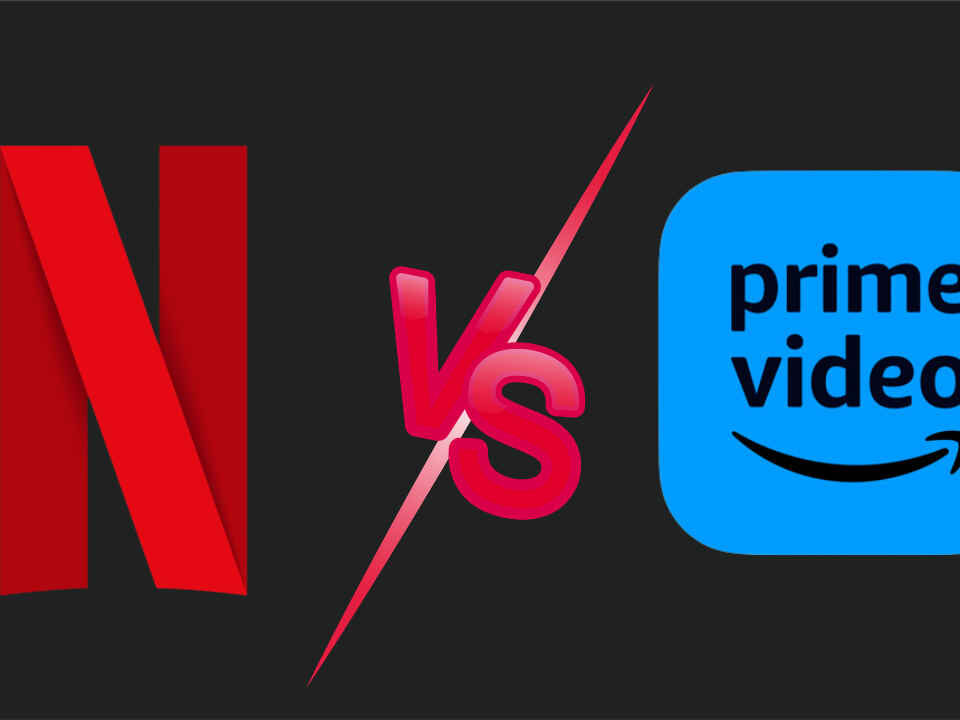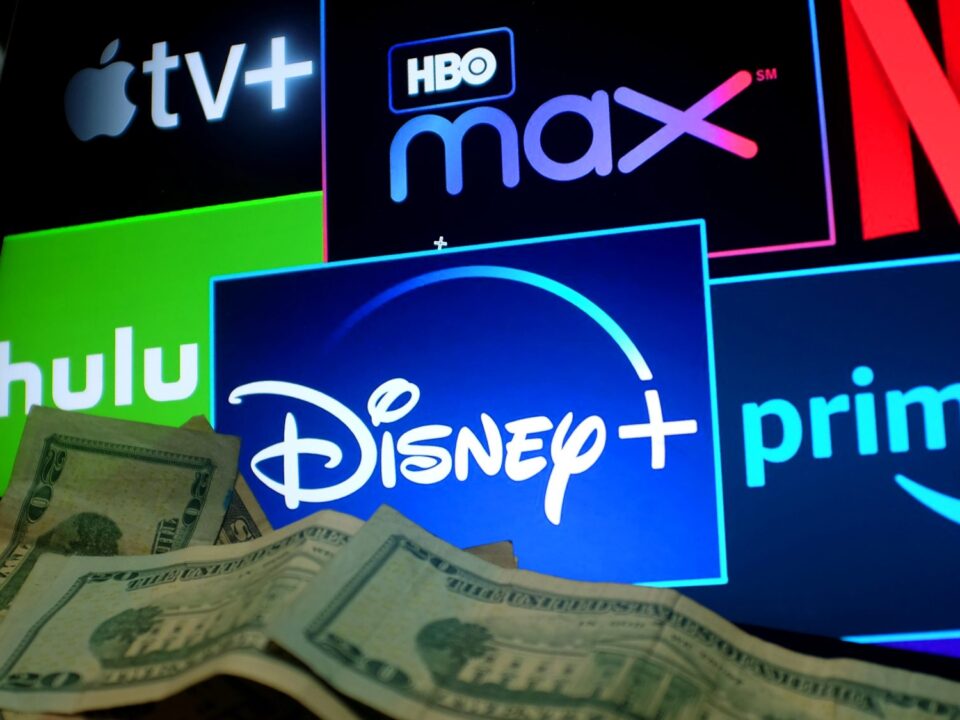
How to Get the Best Out of Prime TV — Tips and Hidden Features
July 21, 2025The streaming landscape has changed dramatically over the past decade. With the decline of cable TV and the rise of on-demand content, services like Prime TV, Netflix, Disney+, and others have become central to how we consume entertainment. But as technology advances and competition intensifies, where is the industry headed? Here’s what to expect from Prime TV and its rivals in the coming years.
1. AI-Powered Content Curation
Streaming platforms are investing heavily in artificial intelligence to deliver hyper-personalized content recommendations. Prime TV is expected to refine its AI engine to better understand viewer preferences, predicting what you want to watch before you even search.
Trend: Expect smarter suggestions, tailored playlists, and AI-driven content highlights.
2. Interactive and Immersive Content
Interactive series like Black Mirror: Bandersnatch have proven that audiences are open to “choose-your-own-adventure” storytelling. Prime TV and competitors are likely to experiment with interactive movies, multi-ending shows, and even virtual reality (VR) integration.
Trend: Viewers will gain more control over how stories unfold.
3. Global Content Expansion
Regional productions, particularly in Asia, Europe, and Latin America, are becoming major draws for global audiences. Prime TV is already investing in Indian and European originals, and this trend is expected to accelerate.
Trend: A rise in multilingual content and cross-border collaborations.
4. 8K Streaming and Next-Gen Quality
With 4K Ultra HD becoming standard, the next step is 8K resolution combined with advanced sound technologies like Dolby Atmos and spatial audio. Prime TV is poised to lead with early adoption of next-gen streaming quality.
Trend: Enhanced visuals and immersive audio for premium home theater experiences.
5. Bundling and Super-Apps
The future of streaming lies in bundling multiple services into one platform. Prime TV already offers Prime Channels, but future trends point toward becoming a “super-app” where users can watch content, shop, listen to music, and even play games in one place.
Trend: One-stop platforms that combine entertainment, e-commerce, and services.
6. Ad-Supported and Hybrid Plans
With rising subscription costs, ad-supported plans are becoming popular. Netflix and Disney+ have already introduced them, and Prime TV may follow with hybrid options to offer flexibility and affordability.
Trend: Cheaper, ad-supported tiers alongside premium ad-free subscriptions.
7. Sports and Live Event Streaming
Streaming services are increasingly investing in live sports, concerts, and events. Prime TV has already acquired rights to certain sports leagues, and this strategy is expected to grow as live content becomes a key differentiator.
Trend: A mix of on-demand shows and live events for a complete entertainment package.
8. Sustainability and Green Streaming
As streaming requires massive server power, companies are working on reducing their carbon footprint. Expect Prime TV and others to adopt greener technologies and sustainable data centers.
Trend: Eco-friendly streaming with reduced energy consumption.
9. Social and Community Features
Imagine watching a show while chatting with friends or sharing reactions in real-time. Platforms like Prime TV may introduce watch parties, integrated polls, and social engagement tools.
Trend: Streaming as a shared experience, not just solo viewing.
10. The Rise of Niche and Specialized Platforms
While Prime TV and Netflix dominate mainstream content, smaller niche platforms (like Crunchyroll for anime or Shudder for horror) are rising. Prime TV may partner with or integrate niche content providers to stay ahead.
Conclusion: The future of streaming is about innovation, personalization, and integration. Prime TV is likely to evolve into a holistic digital entertainment hub, competing not just on content but also on technology and user experience. With AI-powered curation, immersive formats, and bundled services, the streaming wars are set to become even more exciting.




